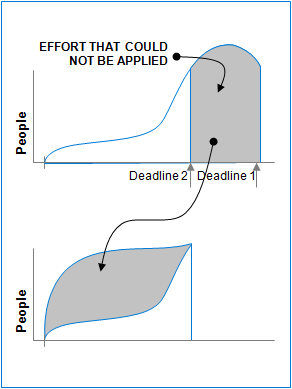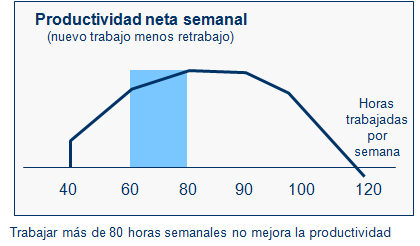 Information systems strategy should be viewed as supplementing business strategy, helping to apply technology better in order to underpin the aims and competitive advantages pursued. As with any strategy, it must identify the future situations towards which a company wishes to move (potentially quite different from the current situation), defining a framework for these objectives (consistency) and using Strategic Planning to chart an appropriate direction for the movements to be achieved in order to reach those goals.
Information systems strategy should be viewed as supplementing business strategy, helping to apply technology better in order to underpin the aims and competitive advantages pursued. As with any strategy, it must identify the future situations towards which a company wishes to move (potentially quite different from the current situation), defining a framework for these objectives (consistency) and using Strategic Planning to chart an appropriate direction for the movements to be achieved in order to reach those goals.
One often finds that companies with well implemented commercial, product or distribution strategies nonetheless neglect their information systems, or leave them solely in the hands of technical staff.
"Es preciso contemplar beneficio de disponer de una forma sistemática de planificar estrategias de negocio con los sistemas de información adecuados para soportarlas."
The importance of having in place the right information systems strategy design, ensuring that this occupies an appropriate mind share at executive level, should not be based simply on the proportion of an organisation's budget which IT costs represent: consideration must be given to the benefit of systematically planning business strategies on the basis of appropriate information systems.
In conceptual terms, an information systems strategy is built up in a similar way to any other business strategy, through an external, market-facing component and how this is to be incorporated, and a separate internal component which adapts your organisation and resources in order to achieve your goals.
From the external perspective, an information systems strategy may be broken down into:
-
- Technology Sphere. As with a corporation's business area, which takes decisions about the products and services it delivers to market, the technology sphere focuses on those technologies which are critical in developing and consolidating the business they support.
- Technology Competencies. These are the attributes which IT contributes to the development or consolidation of the business, in the same way as those competencies which allow a company to stand out from the competition in terms of the products and services it releases onto the market. This includes such aspects as stability, interconnectivity, flexibility, etc.
From the internal perspective, three core components would be:
-
- IT Architecture: the hardware, software and communications configurations used to define policies, rules and standards. As with business infrastructure, this would comprise the administrative structure.
- IT Processes: which define the portfolio of applications supporting business operations, running on the aforementioned architecture.
- IT capacities: options regarding the recruitment, training and development of the people handling and operating IT resources.
This series of articles focuses more on the external perspective, in other words the Sphere and Competencies involved in technology, and how they can be directed by means of a management model.







